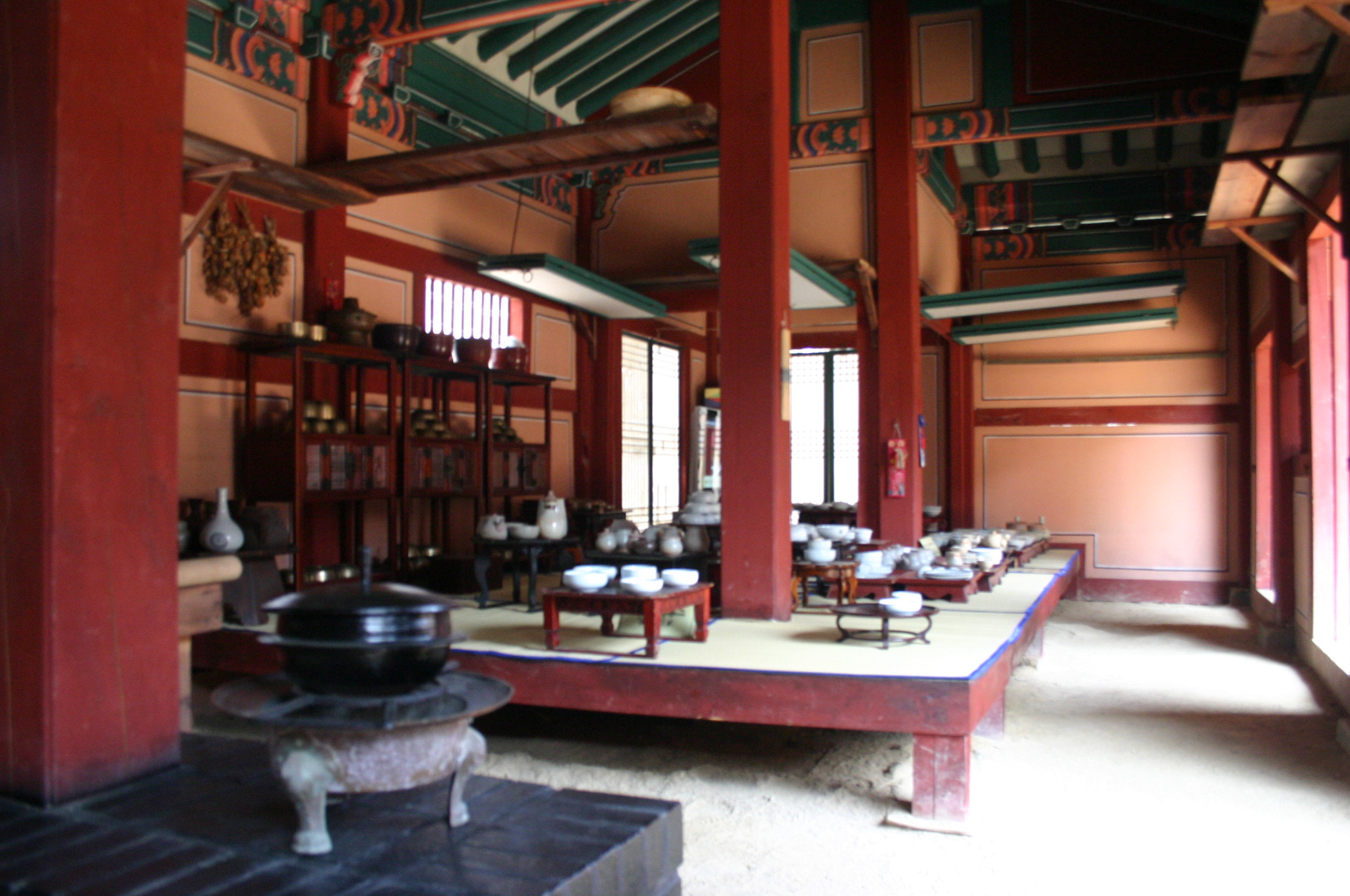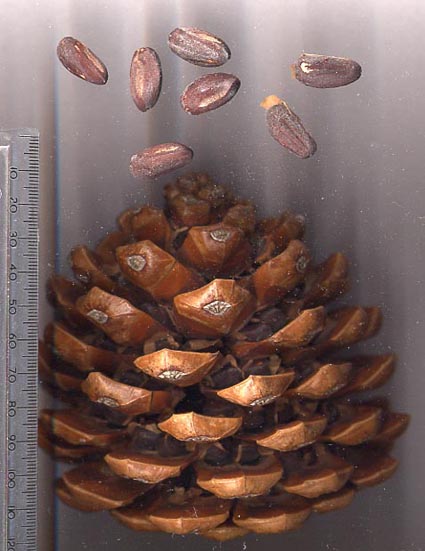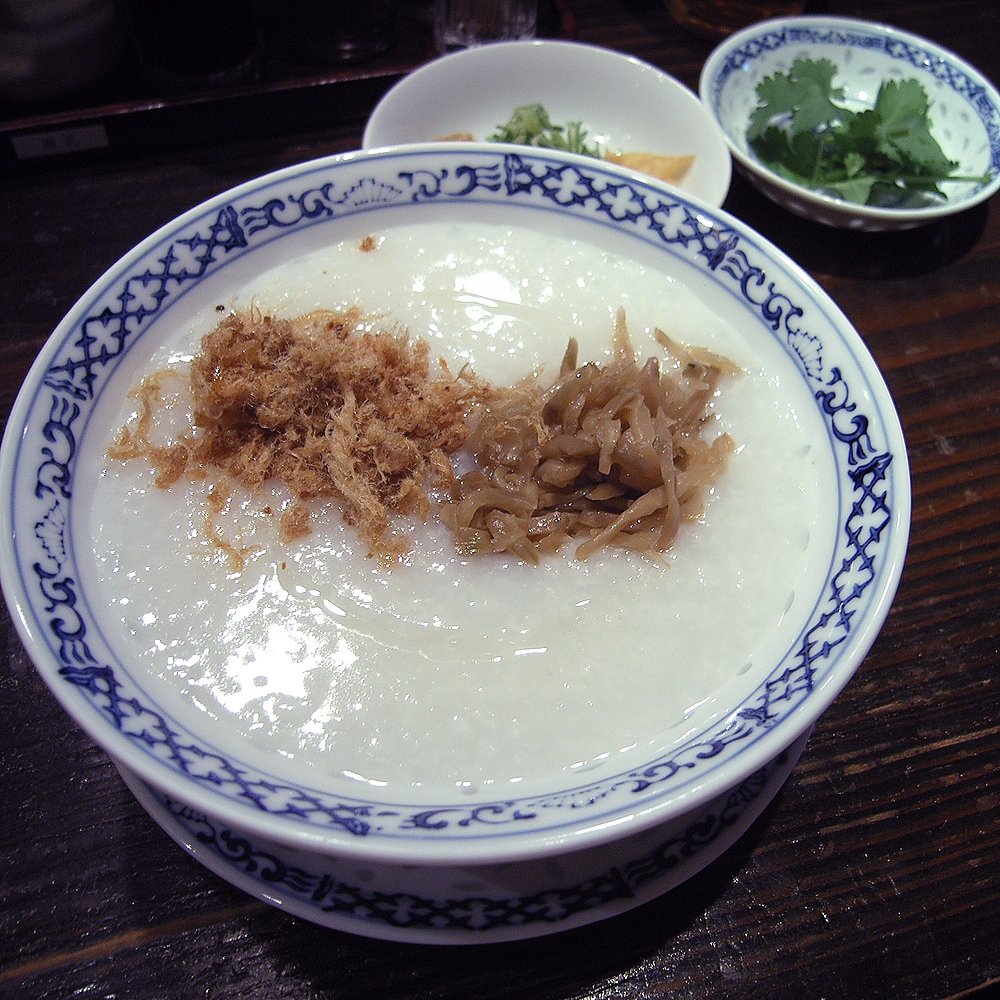|
Jatjuk
''Jatjuk'' () or pine nut porridge, is a variety of ''Juk (food), juk'' (porridge) made by boiling finely ground pine nuts and rice flour in water. * It is a mild, nutritious, and easily digestible dish often served to recovering patients and the elderly. Preparation The porridge is made with White rice, white Japonica rice, rice and pine nuts, which are separately soaked, ground, and sieved. The ground rice is then boiled, with ground pine nuts added a little at a time while simmering. Grinding the ingredients together causes them to separate after boiling. The porridge is seasoned with salt and often garnished with whole or crushed pine nuts. See also * ''Jat-guksu'' * List of porridges * References Juk Korean royal court cuisine Nut dishes {{Korea-cuisine-stub ... [...More Info...] [...Related Items...] OR: [Wikipedia] [Google] [Baidu] |
Korean Royal Court Cuisine
Korean royal court cuisine was the style of cookery within Korean cuisine traditionally consumed at the court of the Joseon Dynasty, which ruled Korea from 1392 to 1897. There has been a revival of this cookery style in the 21st century. It is said that twelve dishes should be served along with rice and soup, with most dishes served in '' bangjja'' ( bronzeware). History Collectively known as ''gungjung eumsik'' during the pre-modern era, the foods of the royal palace reflected the opulent nature of the past rulers of the Korean peninsula. The opulent nature of the royalty is evidenced in examples as far back as the Silla kingdom, where a man-made lake ( Anapji Lake, located in Gyeongju) was created with multiple pavilions and halls for the sole purpose of opulent banquets and a spring-fed channel, Poseokjeong, was created for the singular purpose of setting wine cups afloat during the writing of poems. Reflecting the regionalism of the kingdoms and bordering countries of the p ... [...More Info...] [...Related Items...] OR: [Wikipedia] [Google] [Baidu] |
Pine Nut
Pine nuts, also called piñón (), pinoli (), or pignoli, are the edible seeds of pines (family Pinaceae, genus ''Pinus''). According to the Food and Agriculture Organization, only 29 species provide edible nuts, while 20 are traded locally or internationally owing to their seed size being large enough to be worth harvesting; in other pines, the seeds are also edible but are too small to be of notable value as human food. The biggest producers of pine nuts are China, Russia, North Korea, Pakistan and Afghanistan. As pines are gymnosperms, not angiosperms (flowering plants), pine nuts are not " true nuts"; they are not botanical fruits, the seed not being enclosed in an ovary which develops into the fruit, but simply bare seeds—"gymnosperm" meaning literally "naked seed" (from and ). The similarity of pine nuts to some angiosperm fruits is an example of convergent evolution. Species and geographic spread In Asia, two species, in particular, are widely harvested: Korea ... [...More Info...] [...Related Items...] OR: [Wikipedia] [Google] [Baidu] |
List Of Porridges
Porridge is a dish made by boiling ground, crushed, or chopped starchy plants (typically grains) in water, milk, or both, with optional flavorings, and is usually served hot in a bowl or dish. It may be served as a sweet or savory dish, depending on the flavourings. Porridges A * Atole traditional masa-based hot maize based beverage of Mexican cuisine, Mexican and Latin American cuisine, Central American origin. It includes masa (corn hominy flour), water, piloncillo (unrefined cane sugar), cinnamon, vanilla and optional chocolate or fruit. The mixture is blended and heated before serving. * Avena (drink) prepared with stewed oatmeal, milk, water, cinnamon, clove and sugar *Arroz caldo, Arroz caldo or aroskaldo – a variant of congee in Filipino cuisine, Philippine cuisine. B * Barley gruel type of porridge found in Danyang, Jiangsu. It is made from barley, rice and alkali. * Belila (porridge), Belila is an Egyptian porridge made from pearl wheat, cooked in a light syrup with ... [...More Info...] [...Related Items...] OR: [Wikipedia] [Google] [Baidu] |
Jat-guksu
''Jat-guksu'' () is a Korean noodle dish consisting of wheat flour or buckwheat noodles in a bowl of cold broth made from ground pine nuts. It is a local specialty of Gapyeong, Gyeonggi Province, where a great deal of pine nuts are harvested in South Korea. The recipe is quite similar to another summer dish, ''kong-guksu'', which is a noodle dish with a soy milk broth, but ''jat-guksu'' has a cleaner and more savory taste. See also * Korean noodles * Kong-guksu * Jatjuk * List of buckwheat dishes * List of Korean dishes References External links {{Soups Buckwheat dishes Korean noodle dishes Noodle soups Cold noodles ... [...More Info...] [...Related Items...] OR: [Wikipedia] [Google] [Baidu] |
Pine Nut
Pine nuts, also called piñón (), pinoli (), or pignoli, are the edible seeds of pines (family Pinaceae, genus ''Pinus''). According to the Food and Agriculture Organization, only 29 species provide edible nuts, while 20 are traded locally or internationally owing to their seed size being large enough to be worth harvesting; in other pines, the seeds are also edible but are too small to be of notable value as human food. The biggest producers of pine nuts are China, Russia, North Korea, Pakistan and Afghanistan. As pines are gymnosperms, not angiosperms (flowering plants), pine nuts are not " true nuts"; they are not botanical fruits, the seed not being enclosed in an ovary which develops into the fruit, but simply bare seeds—"gymnosperm" meaning literally "naked seed" (from and ). The similarity of pine nuts to some angiosperm fruits is an example of convergent evolution. Species and geographic spread In Asia, two species, in particular, are widely harvested: Korea ... [...More Info...] [...Related Items...] OR: [Wikipedia] [Google] [Baidu] |
Juk (food)
Congee ( , derived from Tamil ), is a form of savoury rice porridge made by boiling rice in a large amount of water until the rice softens. Depending on rice–water ratio, the thickness of congee varies from a Western oatmeal porridge to a gruel. Since the history of rice cultivation in Asia stretches back to the Baiyue-inhabited lower Yangtze circa 10,000 BC, congee is unlikely to have appeared before that date. Congee is typically served with side dishes, or it can be topped with meat, fish, and pickled vegetables. Vivid experiences of eating or delivering thin congee as wartime or famine food often feature in diaries and chronicles. In some cultures, congee is eaten primarily as a breakfast food or late supper; some may also eat it as a substitute for rice at other meals. It is often considered suitable for the sick as a mild, easily digestible food. Etymology The popular English name ''congee'' derives from the Tamil word (''kañci''). The Portuguese adopted the ... [...More Info...] [...Related Items...] OR: [Wikipedia] [Google] [Baidu] |
White Rice
White rice is milled rice that has had the husk, bran, and germ removed. This alters the flavor, texture and appearance of the seed; helps prevent spoilage (extends its storage life); and makes it easier to digest. After brown rice is milled ( hulled), it is polished, resulting in rice with a bright, white, shiny appearance. The milling and polishing processes both remove nutrients. An unbalanced diet based on unenriched white rice leaves many people vulnerable to the neurological disease beriberi, due to a deficiency of thiamine (vitamin B1). White rice is often enriched with some of the nutrients stripped from it during its processing. Enrichment of white rice with B1, B3, and iron is required by law in the United States when distributed by government programs to schools, nonprofits, or foreign countries. As with all natural foods, the precise nutritional composition of rice varies slightly depending on the variety, soil conditions, environmental conditions, and types ... [...More Info...] [...Related Items...] OR: [Wikipedia] [Google] [Baidu] |
Doosan Corporation
Doosan Corporation () is a corporate holding company headquartered in Euljiro 6-ga, Jung-gu, Seoul, South Korea. History * 1896 Park Seung-jik opened Korea's first modern dry goods store, selling cloth. * 1925 Changed the name of Park Seung-Jik Store Limited to Doosan Store * 1953 Established the Oriental Brewery and began producing OB beer. * 1960 Established Dongsan Construction and Engineering (currently Doosan Engineering & Construction)/Acquired Hapdong News Agency (currently Yonhap News) * 1966 Founded Hanyang Food * 1967 Founded Yoonhan Machinery (currently Doosan Mecatec) * 1969 Founded Hankook Bottle and Glass * 1979 Established Doosan CCK Can Manufacturing * 1980 Founded OB Seagram * 1982 Formed OB Bears (currently Doosan Bears) * 1996 Celebrated 100th anniversary. Announced Doosan Group's new Certificate of Incorporation. * 1998 Incorporated nine affiliates and re-launched the company as Doosan Corporation in September. * 2008 Acquired the Chung-Ang University Founda ... [...More Info...] [...Related Items...] OR: [Wikipedia] [Google] [Baidu] |
Doopedia
''Doosan Encyclopedia'' () is a Korean-language encyclopedia published by Doosan Donga (). The encyclopedia is based on the ''Dong-A Color Encyclopedia'' (), which comprises 30 volumes and began to be published in 1982 by Dong-A Publishing (). Dong-A Publishing was merged into Doosan Donga, a subsidiary of Doosan Group, in February 1985. The ''Doosan Encyclopedia'' is a major encyclopedia in South Korea. Digital edition EnCyber The online version of the ''Doosan Encyclopedia'' was named EnCyber, which is a blend of two English words: ''Encyclopedia'' and ''Cyber''. The company has stated that, with the trademark, it aims to become a center of living knowledge. EnCyber provides free content to readers via South Korean portals such as Naver. Naver has risen to the top position in the search engine market of South Korea partially because of the popularity of EnCyber encyclopedia. When Naver exclusively contracted Doosan Doonga in 2003, the former paid multi billion won to the ... [...More Info...] [...Related Items...] OR: [Wikipedia] [Google] [Baidu] |
Korea
Korea is a peninsular region in East Asia consisting of the Korean Peninsula, Jeju Island, and smaller islands. Since the end of World War II in 1945, it has been politically Division of Korea, divided at or near the 38th parallel north, 38th parallel between North Korea (Democratic People's Republic of Korea; DPRK) and South Korea (Republic of Korea; ROK). Both countries proclaimed independence in 1948, and the two countries fought the Korean War from 1950 to 1953. The region is bordered by China to the north and Russia to the northeast, across the Yalu River, Amnok (Yalu) and Tumen River, Duman (Tumen) rivers, and is separated from Japan to the southeast by the Korea Strait. Known human habitation of the Korean peninsula dates to 40,000 BC. The kingdom of Gojoseon, which according to tradition was founded in 2333 BC, fell to the Han dynasty in 108 BC. It was followed by the Three Kingdoms of Korea, Three Kingdoms period, in which Korea was divided into Goguryeo, Baekje, a ... [...More Info...] [...Related Items...] OR: [Wikipedia] [Google] [Baidu] |
Glamour (magazine)
''Glamour'' is a multinational online women's magazine published by Condé Nast Publications and based in New York City. It was originally called ''Glamour of Hollywood''. From 1939 to 2019, Glamour was a print magazine. Due to decreasing numbers of subscribers, ''Glamour'''s last print edition was in January 2019. History In August 1943, the magazine changed its name to ''Glamour'', with the subtitle ''for the girl with the job''. The magazine was published in a larger format than most of its contemporaries at the time. ''Charm'', a Street & Smith magazine, started in 1941, later subtitled "the magazine for women who work", was folded into ''Glamour'' magazine in 1959. ''Glamour'' was the first women's magazine to feature an African-American cover girl when it included Katiti Kironde on the cover of its college issue in August 1968. Since 1990, the magazine has held an annual " Women of the Year" awards ceremony. On January 8, 2018, it was announced that Samantha Barry, ... [...More Info...] [...Related Items...] OR: [Wikipedia] [Google] [Baidu] |
Chronicle Books
Chronicle Books is a San Francisco–based American publishing company that publishes books for both adults and children. History The company was established in 1967 by Phelps Dewey, an executive with Chronicle Publishing Company, then-publisher of the '' San Francisco Chronicle''. In 1999 it was bought by Nion McEvoy, great-grandson of M. H. de Young, founder of the ''Chronicle'', from other family members who were selling off the company's assets. At the time Chronicle Books had a staff of 130 and published 300 books per year, with a catalog of more than 1,000 books. In 2000, McEvoy set up the McEvoy Group as a holding company. In 2008, Chronicle acquired Handprint Books. Publications Chronicle Books publishes books in subjects such as architecture, art, culture, interior design, cooking, children's books, gardening, pop culture, fiction, food, travel, and photography. It has published a number of ''New York Times'' Best Sellers; the '' Griffin and Sabine'' series by N ... [...More Info...] [...Related Items...] OR: [Wikipedia] [Google] [Baidu] |




